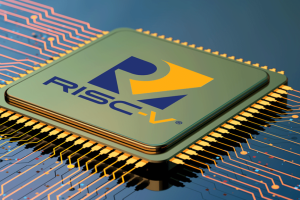
“ST is actively engaged with the industry bodies for all leading LPWAN standards for IoT connectivity and offers a portfolio of solutions,” according to ST. “Zeta has a strong value proposition and is taking its place among established LPWAN technologies. It is quickly becoming established throughout China, Japan, and beyond.”
“We believe ST will strengthen the ZETA developer ecosystem chain and promote further evolution and deployment of Zeta technology said ZiFiSense CEO Zhuoqun Li. “We look forward to working with ST to create a broader LPWAN 2.0 global IoT eco-system.”
Zeta uses M-FSK modulation and coding scheme created by ZiFiSense. M-FSK receiver sensitivity, according to ST, can allow detection down as low as -150dBm, allowing potential to operate at long distance on little transmit power.
Operating in the sub-GHz ISM band, it uses a very narrow band – channel bandwidth is 0.6-2.0kHz. Multi-channel communication is possible, and wide area distributed access is possible by mesh network with access through self-organising repeaters.
With ZiFiSense, ST is working to port Zeta on to STM32WL wireless microcontrollers, which include a radio front-end on the same silicon as the controller. Up to 22dBm RF output power is available without an external power amplifier, or 15dBm in what ST describes as an energy-optimised state.
The LoRa modulation scheme, as well as FSK, GFSK, MSK, GMSK and BPSK modulation used by Zeta, Sigfox and wireless Meter-Bus (wM-Bus) are already supported on STM32WL, amongst other protocols, and available embedded software includes LoRaWAN and Sigfox protocol stacks.
This is the correct Zeta Alliance website
 Electronics Weekly Electronics Design & Components Tech News
Electronics Weekly Electronics Design & Components Tech News



